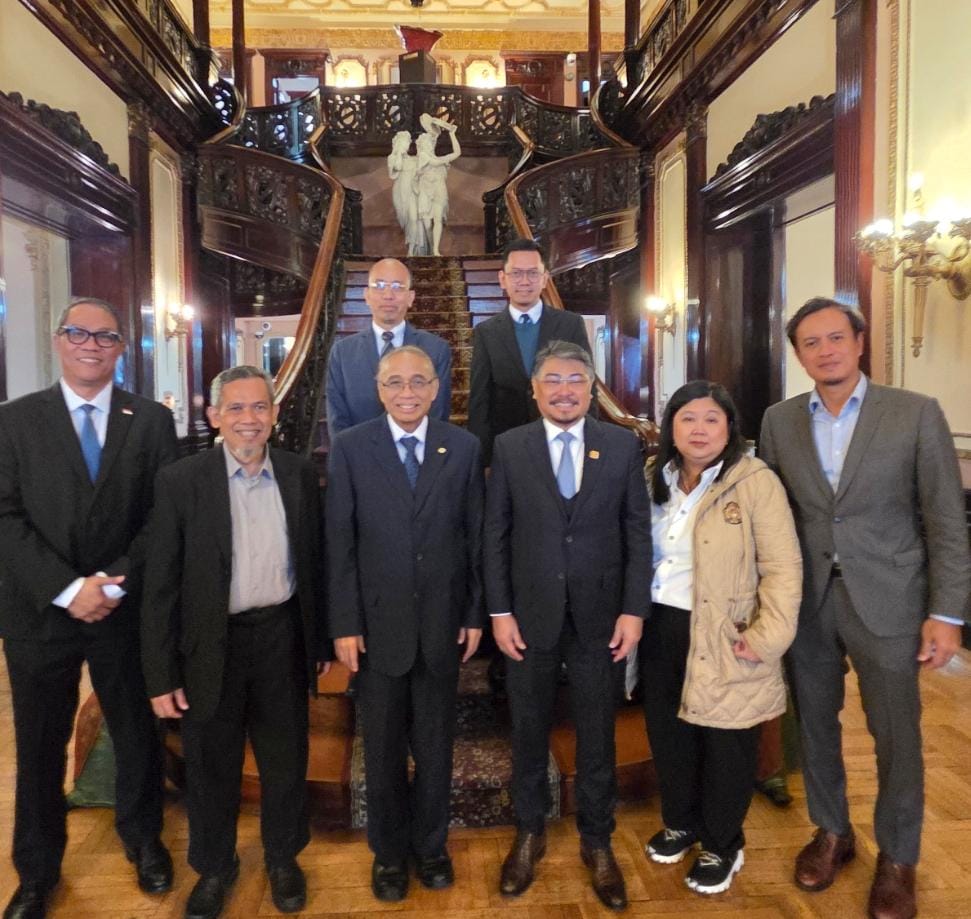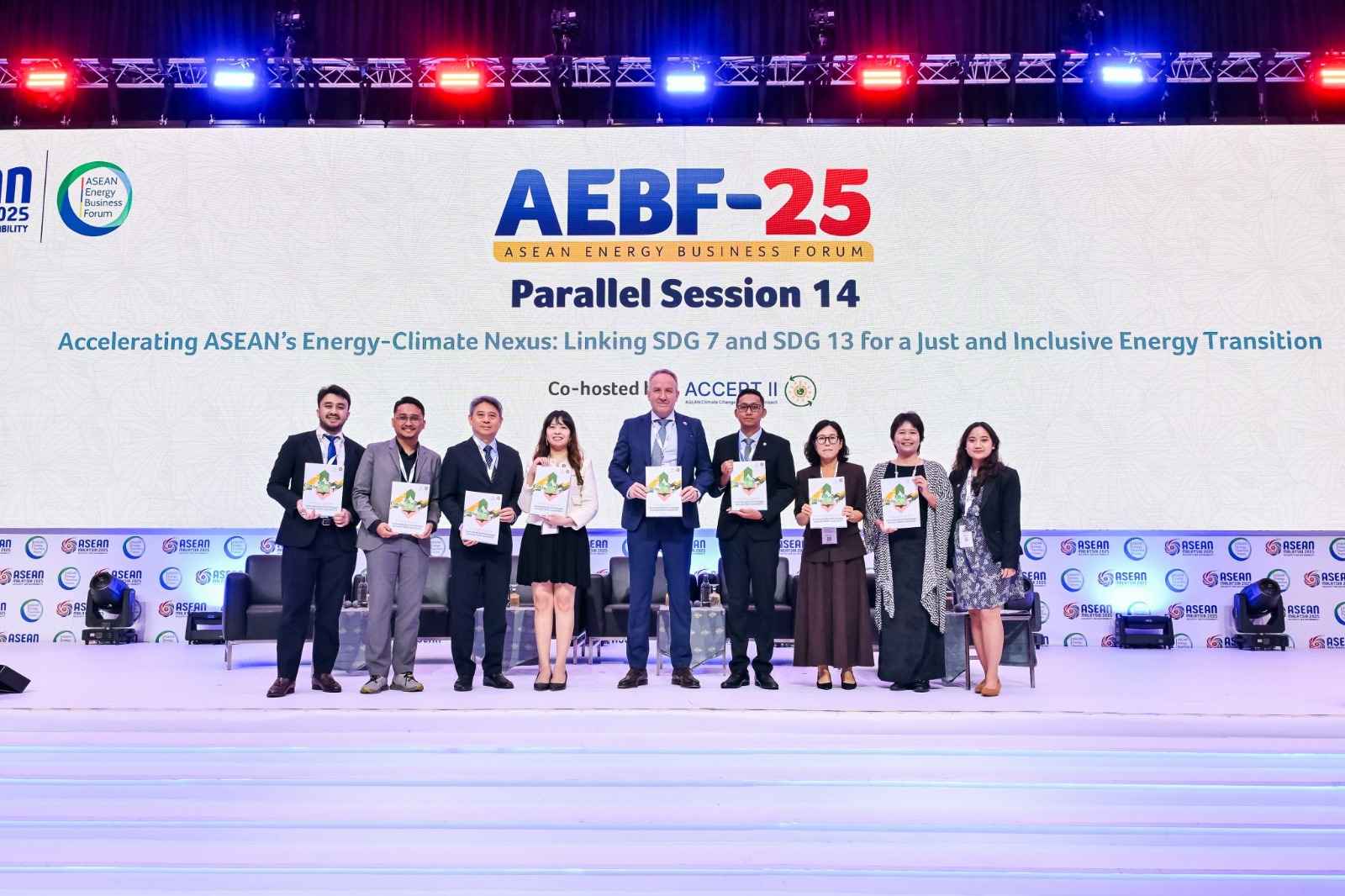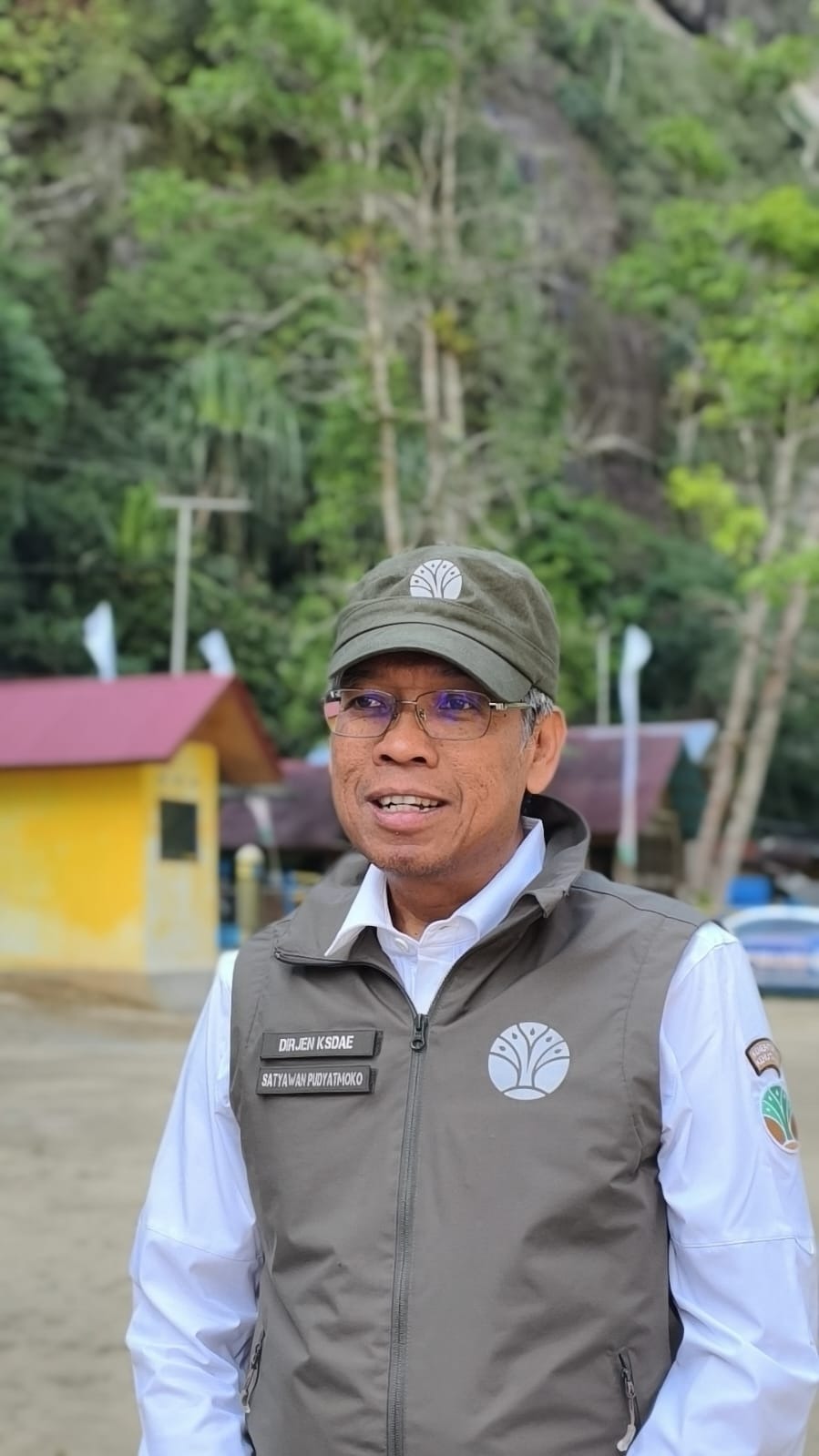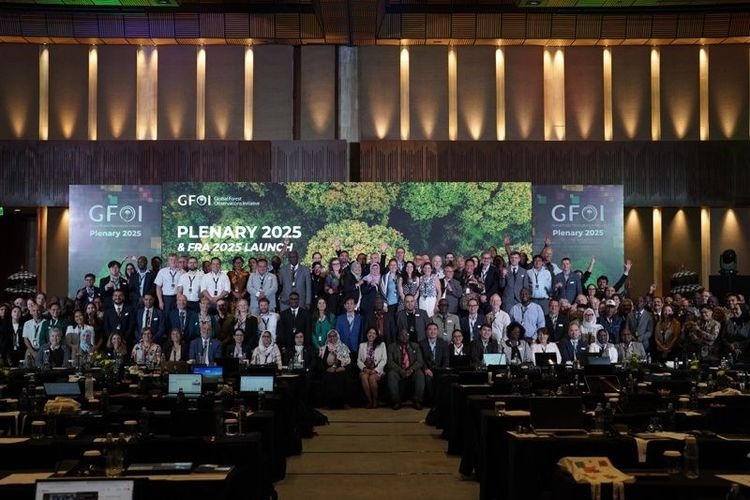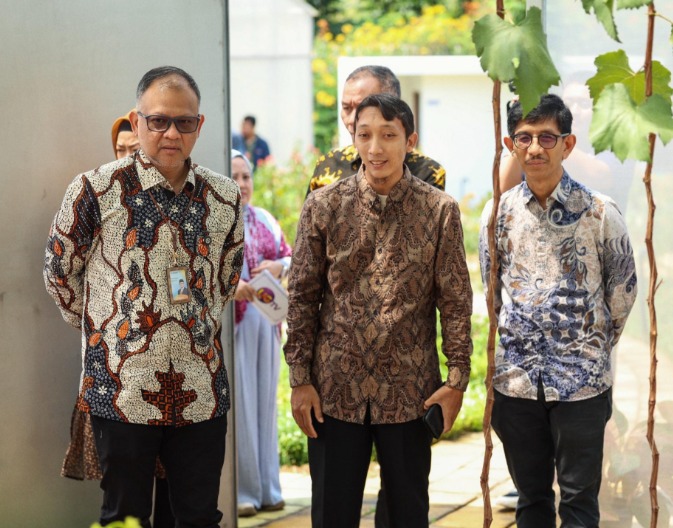Enviro News Asia, Bogor — Efforts to achieve the Forestry and Other Land Use (FOLU) Net Sink 2030 target continue to be reinforced through synergy between the government, private sector, and academia. The Forestry Higher Education Communication Forum (FoReTIKA), in collaboration with the Bogor Agricultural University (IPB University), held the Forestry Update Course (FUCo) in a hybrid format at the Sylva Meeting Room, Faculty of Forestry and Environment, IPB University, on Saturday (October 11).
The event featured two keynote speakers: Ir. Laksmi Wijayanti, MCP., CGCAE., QIA., CEIO., Director General of Sustainable Forest Management at the Ministry of Forestry, and Dr. Ir. H. Soewarso, M.Si., IPU., Chairman of the Indonesian Forestry Entrepreneurs Association (APHI).
During the FUCo #2 session, Laksmi Wijayanti outlined the direction and future of sustainable production forest management in Indonesia. Of the country’s total forest area of 125.92 million hectares, about 68.8 million hectares are designated as production forests — the backbone of the forestry economy through the Forest Utilization Business Licensing (PBPH) scheme. As of 2025, there are 574 PBPH units covering nearly 30 million hectares.
“The forest management paradigm has shifted from timber management to forest landscape management,” said Laksmi.
“The multi-business forestry approach allows the utilization of timber, non-timber forest products (NTFPs), environmental services, and community empowerment. The philosophy is clear: forests must remain productive and economically valuable without losing their ecological functions.”
She emphasized that Forest Management Units (KPH) are key at the operational level to ensure sustainable and inclusive forestry investment.
“KPH serves as a crucial instrument to balance economic and ecological aspects. Therefore, collaboration among the government, private sector, and universities forms the foundation for landscape-based forest management,” Laksmi explained.
Meanwhile, during the FUCo #3 session, APHI Chairman Dr. Soewarso highlighted the strategic role of PBPH in supporting the achievement of FOLU Net Sink 2030. Out of 574 PBPH permits, 431 belong to APHI members, managing around 30 million hectares of production forest.
He noted that although wood product exports declined by 4.5% in 2025, the forestry sector continues to contribute significantly to national revenue. To maintain sustainability, Soewarso called for a reconfiguration of forest production and industry management — including felling pauses in low-productivity areas, the development of energy plantations, and downstream processing of value-added wood products.
“The forestry sector must no longer rely solely on timber,” he stressed.
“We must be part of the climate solution. Through multi-business forestry, forest management can generate both economic value and ecological contributions via carbon absorption and ecosystem restoration.”
As the event concluded, Soewarso underscored the importance of strengthening cross-sectoral collaboration.
“We envision a forestry sector that not only provides raw materials but also drives Indonesia’s green economy — contributing to community welfare and climate resilience,” he said.
The Forestry Update Course served as a strategic platform for academics, practitioners, and policymakers to strengthen synergy toward sustainable forest management, green economic transition, and national climate targets under Indonesia’s FOLU Net Sink 2030 commitment. (*)





